 1992 BMW 7 Series (E32, facelift 1992) Dimensions, Size & Specs
1992 BMW 7 Series (E32, facelift 1992) Dimensions, Size & SpecsMeasurements of the 1992 BMW 7 Series, engineered for optimal performance and comfort
| Dimensions | |
|---|---|
| Length: | 4910 mm193.3 in16.1 ft |
| Width: | 1845 mm72.6 in6.1 ft |
| Height: | 1400-1411 mm55.1-55.6 in4.6-4.6 ft |
| Trunk Capacity: | 500 liter17.7 cu ft |
| Weight Specifications | |
| Curb Weight: | 1600-1800 kg3527-3968 lbs |
| Maximal permitted Weight: | 2120-2320 kg4674-5115 lbs |
| Tire Specifications | |
| Rims Size: |
|
| Tire Sizes: |
|
The BMW 7 Series E32 facelift, produced between 1992 and 1994, stands as a prominent luxury sedan of the early 1990s. As the second generation of BMW's flagship 7 Series, this model combines elegant design with advanced technology for its era. The vehicle measures 4910 mm (193.3 inches) in length, providing ample interior space and commanding road presence. Its width stretches to 1845 mm (72.6 inches), offering a balanced stance that enhances driving stability while ensuring passenger comfort. The height ranges from 1400 to 1411 mm (55.1 to 55.6 inches), contributing to its sleek yet sophisticated profile.
Weighing between 1600 and 1800 kg (3527 to 3968 lbs), the E32 facelift maintains a solid curb weight that supports its robust build and dynamic performance without sacrificing agility. The maximum permissible weight lies between 2120 and 2320 kg (4672 to 5113 lbs), reflecting its capacity to handle additional load, including passengers and cargo.
Practicality meets luxury with a generous luggage capacity of 500 liters (17.7 cubic feet), accommodating the needs of executives and families alike. The car rides on 15-inch rims paired with various tire options, including 225/60 R15, 205/65 VR 15, and 225/60 ZR 15, ensuring a balance of comfort and road grip.
This facelifted E32 model continues to be celebrated for its refined engineering, spacious interior, and the hallmark BMW driving experience. These dimensions and specifications provide valuable insight for enthusiasts, buyers, and those comparing luxury sedans of the era, highlighting the 7 Series’ blend of size, comfort, and performance.
Discover the standout features that make the 1992 BMW 7 Series a leader in its class
Have a question? Please check our knowledgebase first.
The 1992 BMW 7 Series facelift (E32) sedan has a length of 4910 mm (193.3 inches), a width of 1845 mm (72.6 inches), and a height ranging from 1400 mm to 1411 mm (55.1 to 55.6 inches). These dimensions contribute to its commanding presence as a luxury sedan, offering a spacious and comfortable cabin for occupants.
The curb weight of the 1992 BMW 7 Series facelift ranges between 1600 kg and 1800 kg (3527 to 3968 lbs), depending on the specific model and equipment. The maximum permissible weight (gross vehicle weight rating) ranges from 2120 kg to 2320 kg (4676 to 5113 lbs), accounting for passengers, luggage, and additional load.
The suitcase space in the 1992 BMW 7 Series E32 facelift is 500 liters (approximately 17.7 cubic feet). This capacity is quite generous for a luxury sedan of its time, allowing for ample luggage storage for trips, making it practical for both daily usage and long-distance travel without compromising passenger comfort.
The 1992 BMW 7 Series facelift is equipped with 15-inch rims and compatible tire sizes including 225/60 R15, 205/65 VR 15, and 225/60 ZR 15. These sizes were designed to balance ride comfort, handling, and performance, characteristic of BMW’s sporty yet luxurious driving feel in this flagship model.
Yes, the 1992 BMW 7 Series facelift (E32) generally fits into a standard residential garage. Standard garages typically measure about 2.4 to 3 meters (approximately 8 to 10 feet) in width and 5 to 6 meters (16.4 to 19.7 feet) in length. With a width of 1845 mm (72.6 inches or about 1.85 meters) and length of 4910 mm (193.3 inches or roughly 4.91 meters), the car fits comfortably with enough clearance around for opening doors and maneuvering.
The height of the 1992 BMW 7 Series (E32 facelift) ranges between 1400 mm and 1411 mm (approximately 55.1 to 55.6 inches), which might vary slightly depending on suspension setup or optional equipment such as wheels and tires. This relatively low height enhances its aerodynamic profile and sporty luxury sedan character.
The 1992 facelift of the E32 generation retained the fundamental dimensions of the original E32 (1986-1992) with minor tweaks primarily to styling and features rather than size. Both the facelift and pre-facelift versions share roughly the same length (~4910 mm), width (~1845 mm), and height (1400 to 1411 mm), providing continuity in cabin spaciousness and road presence but with updated aesthetics and technology improvements.
Compared with competitors from the early 1990s such as the Mercedes-Benz S-Class (W140) and Audi V8, the 1992 BMW 7 Series (E32 facelift) is slightly more compact in length and width but similar in height. Weight-wise, its curb weight between 1600 and 1800 kg positions it in the typical range for full-size luxury sedans of that era, balancing dynamics and comfort. It offers a blend of sporty driving and luxury that was hallmarked by BMW, appealing to buyers who appreciate both performance and premium experience.
The 1992 facelift for the BMW 7 Series (E32) brought important aesthetic and technological updates rather than major dimensional changes. It introduced refreshed styling elements such as revised bumpers and headlights, updated interior features, and new technological advancements that enhanced driver safety and comfort. This facelift extended the life of the E32 platform while maintaining its reputation for luxury and driver engagement until the launch of the next generation.
The 1992 BMW 7 Series facelift featured a sophisticated chassis setup with a focus on ride comfort and dynamic handling. It retained a multi-link rear suspension and MacPherson strut front suspension tuned for balance between sporty driving and luxury ride quality. Additionally, some versions were equipped with electronically controlled damping for improved road adaptability, contributing to the sedan’s renowned smoothness and cornering prowess for its class at the time.
Discover similar sized cars.
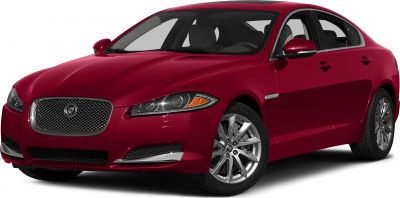
| Production: | 2011-2015 |
|---|---|
| Model Year: | 2011 |
| Length: | 4961-4981 mm195.3-196.1 in |
| Width: | 2053-2077 mm80.8-81.8 in |
| Height: | 1460-1468 mm57.5-57.8 in |
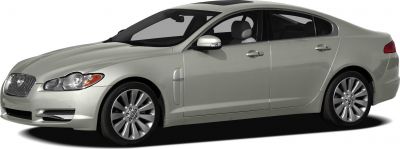
| Production: | 2007-2011 |
|---|---|
| Model Year: | 2008 |
| Length: | 4961 mm195.3 in |
| Width: | 2053 mm80.8 in |
| Height: | 1460 mm57.5 in |
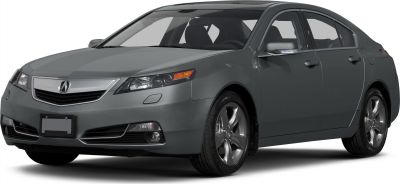
| Production: | 2011-2014 |
|---|---|
| Model Year: | 2012 |
| Length: | 4928 mm194.0 in |
| Width: | 1880 mm74.0 in |
| Height: | 1452 mm57.2 in |
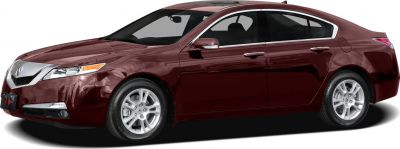
| Production: | 2008-2011 |
|---|---|
| Model Year: | 2009 |
| Length: | 4966 mm195.5 in |
| Width: | 1880 mm74.0 in |
| Height: | 1452 mm57.2 in |
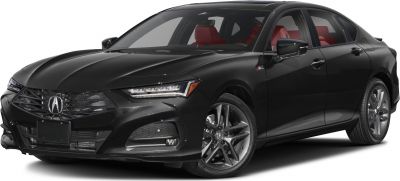
| Production: | 2023-present |
|---|---|
| Model Year: | 2024 |
| Length: | 4943 mm194.6 in |
| Width: | 1910 mm75.2 in |
| Height: | 1433 mm56.4 in |
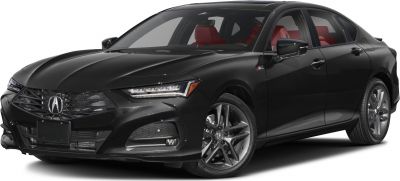
| Production: | 2020-present |
|---|---|
| Model Year: | 2021 |
| Length: | 4943 mm194.6 in |
| Width: | 1910 mm75.2 in |
| Height: | 1433 mm56.4 in |
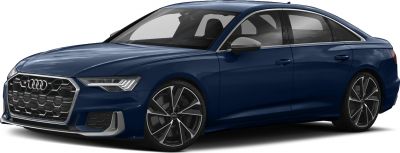
| Production: | 2023-2025 |
|---|---|
| Model Year: | 2024 |
| Length: | 4954-4964 mm195.0-195.4 in |
| Width: | 2110 mm83.1 in |
| Height: | 1446 mm56.9 in |
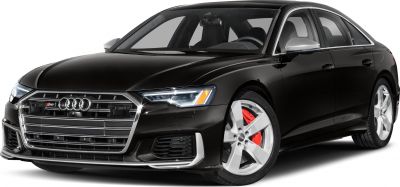
| Production: | 2019-2023 |
|---|---|
| Model Year: | 2020 |
| Length: | 4954 mm195.0 in |
| Width: | 2110 mm83.1 in |
| Height: | 1446 mm56.9 in |
